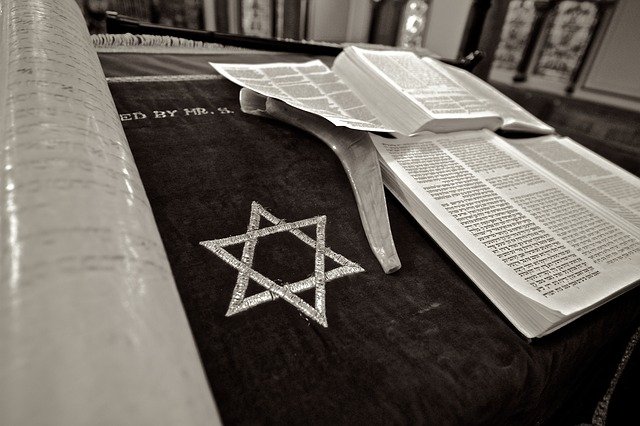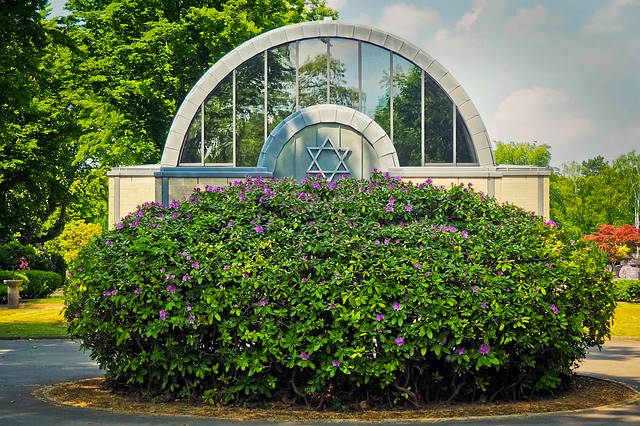The Old Town is the least known area of Prague, and its history is quite varied. Located close to the flowing Vltava River, it was here in the Middle Ages (specifically the 12th century) that the Jewish towns, especially Josefov, were founded. This unfortunately became a slum a few centuries later and was eventually destroyed and new modern housing built. Few of the old monuments remain, such as synagogues and cemeteries.

The Jewish ghettowas established by the settlement of merchants of Jewish origin; about 2,000 people lived in a not very large area, had their own autonomy, and their children attended schools established there. At the center of every ghetto was a synagogue, which, unlike religious buildings used only for religious purposes, also served as a meeting place for teachers and students. The Jews did not have an easy life and were subjected to pogroms on many occasions. Decades later, Jews had the same rights as other citizens and were able to look outside the ghetto. Unfortunately, as a result, the wealthy residents left and only the socially vulnerable remained. The demise of the ghetto dates back to the end of the 19th century, when houses were demolished (sanitation) due to their condition (mainly poor sanitation), preventing the epidemic from spreading further to other parts of Prague.

]
During World War II, Josefov became a place filled with Jews whose property was confiscated by the Nazis and taken to concentration camps.
Remnants of the original Jewish ghetto can be seen in Josefov: six synagogues, a Jewish town hall, and a cemetery are all that remain.
Today, the number of Jews living in the ghetto area is 90% less than at the time of the assassination.
